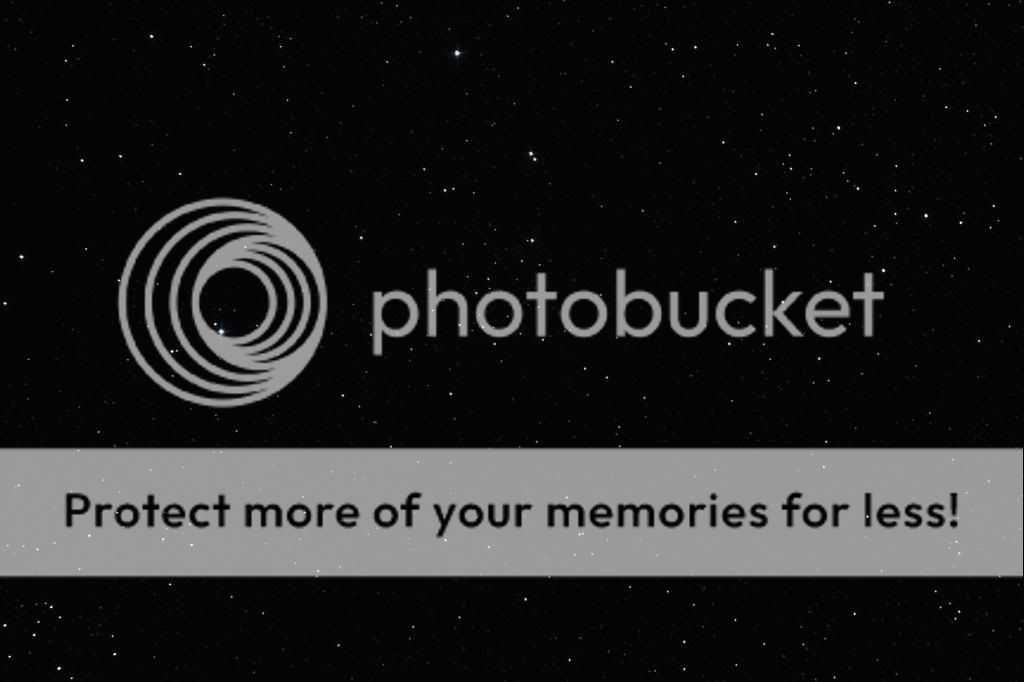I don't know the origin of those graphs you posted, and frankly, if they didn't come directly from Marcott's paper, then no they are not valid. You people seem to think the scientific process includes knock down drag out flame wars on forums such as this one, or on so-called science blogs. I hate to be the bearer of bad news, but it doesn't.
What I know for a fact is this:
Marcott's 73 proxies are valid, and represent the best database of its kind that is available anywhere. If you know of a better database, by all means, we are all ears. Now, instead of trying to convince us that your rightwing anti-science agenda is anything other than that, how about getting out from behind your iphones and into the friggin field conducting some original scientific research of your own! Now that would be a different turn, wouldn't it? But you can't do that can you? Why? Because you're not a frelling scientist, and are unqualified to do the frelling work.
If you want Marcott's 73 proxies, I suggest you actually read his paper.
Those graphs are plotted up directly from the information supplied with Marcott2013. As I said before. I have not downloaded them myself. If you think Willis screwed with them, say so. Otherwise they are what the proxies look like. I personally don't think they are overwhelmingly convincing but they are similar to any other proxy records. Lots of noise to little signal.
That's because you don't know what you are looking at. For instance, I am an amateur astronomer. I take lots of astrophotographs of very faint objects. Modern astrophotography is much more sophisticated than the days when they used photographic plates. And in fact, the technology and methods used today by the amateur astronomer was not only not available to us 20 years ago, they were unavailable to professional astronomers. The result is that amateurs, with far less equipment and expense are producing stunning images that rival and in some cases, surpass anything the large observatories were producing 20 years ago.
I bring this up for this reason. When you look at the raw master image below, you don't see much: just some stars with a very black background.
Very little signal apparent, right? Wrong. Once the image if fully processed, this is the result:
To the untrained eye, there wasn't much there. But to the skilled technician, it's a gold mine of data.
So what's the point of all this? The point is that if you don't know what you are doing, and there is no doubt that you don't, then, of course, all you are going to see is a lot of noise, and no signal. So my advice to you is to either take a class, or let the big boys who actually know what they are doing do their work.


 you got my thanks above..
you got my thanks above..